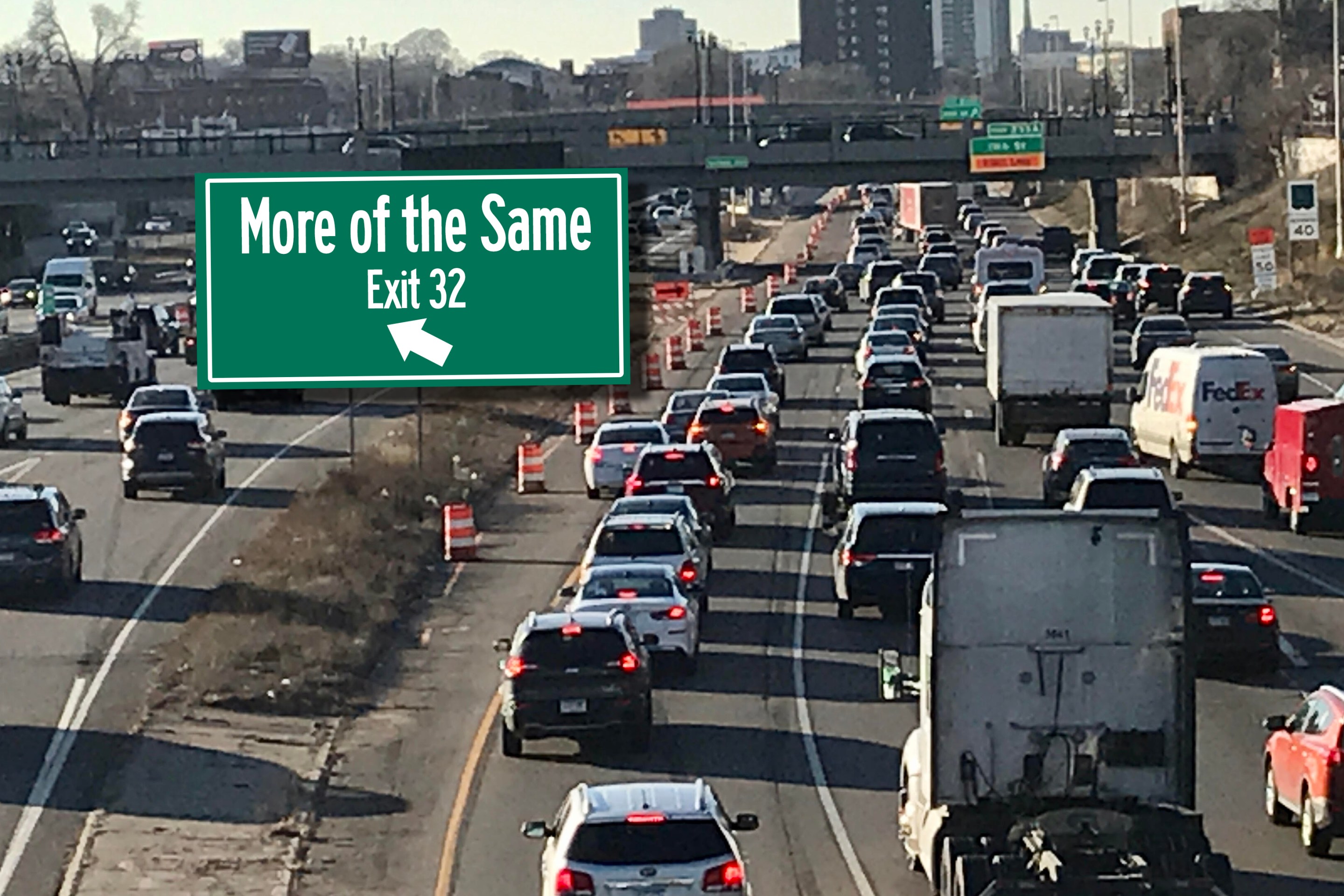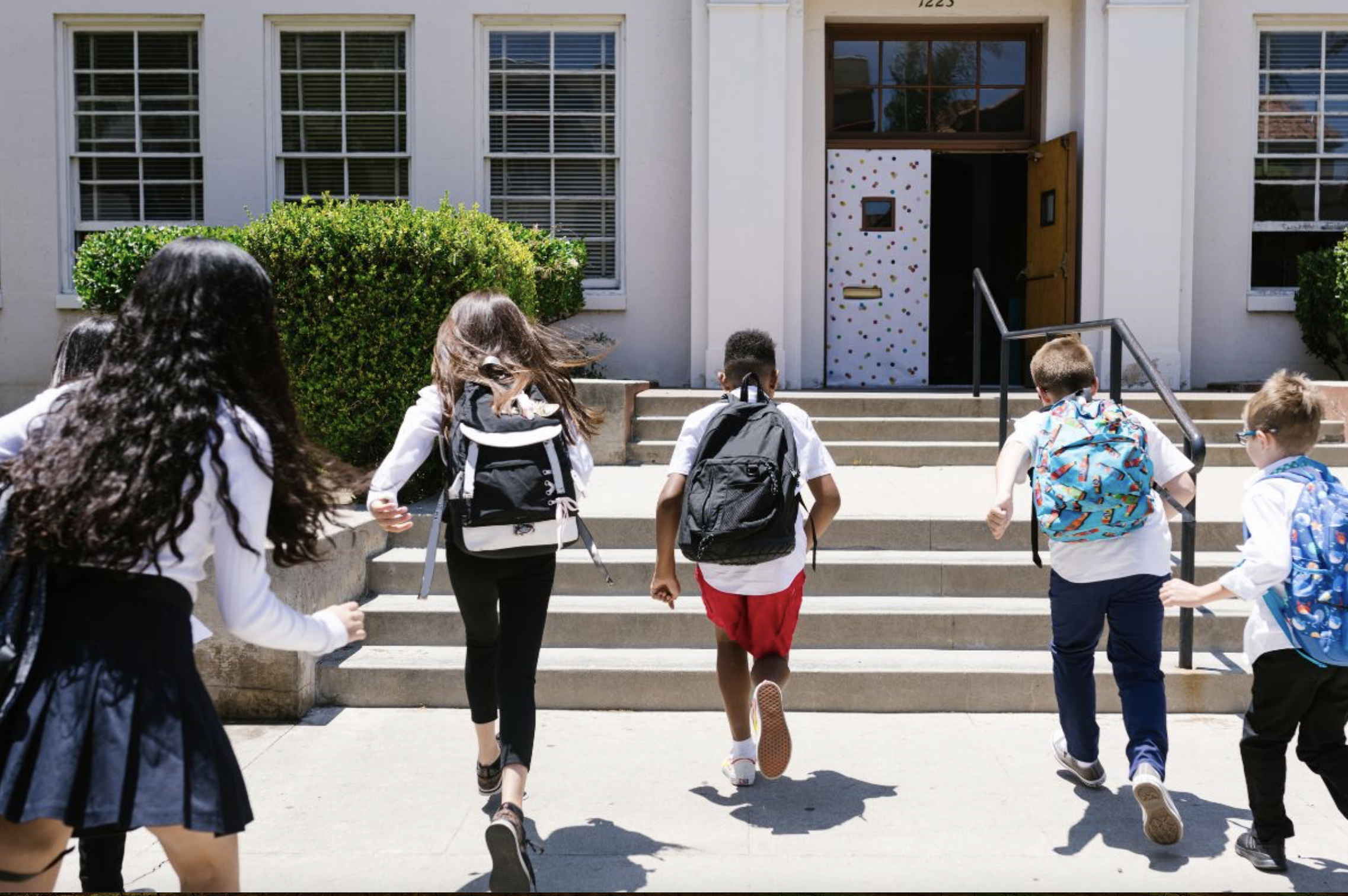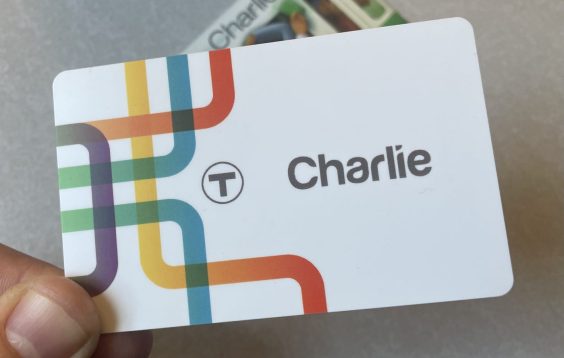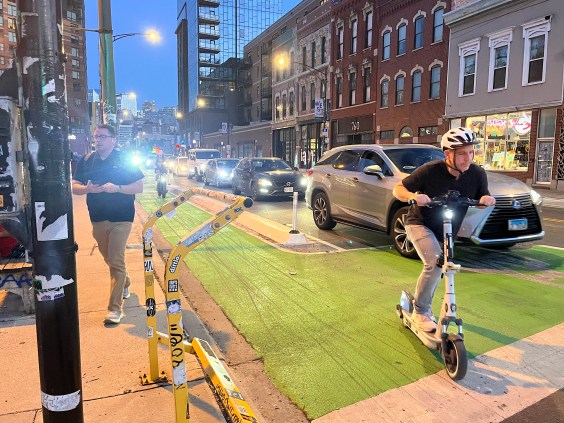- Yes, drivers should subsidize mass transit, argues planning and transportation writer Andy Boenau. He compares the overall transportation system to a restaurant that breaks even on food but turns a profit by marking up soda. (Urbanism Speakeasy)
- Electric vehicles will not improve transportation equity because their of their high cost and lack of a charging network, according to a paper from the Transportation Energy Institute. (Smart Cities Dive)
- Besides state DOTs not caring if federal grants for rural transit are spent wisely, Jarrett Walker points out another major obstacle to bus service between rural towns: Transit is usually a county function, and counties don't always cooperate. (Human Transit)
- Standards in zoning codes and transportation manuals are often just bad or outdated guesses that, when they add up, distort infrastructure and development in favor of cars. (City Observatory)
- Heart disease is less common in walkable neighborhoods, but perception is key — the area can't just be walkable, residents have to think it is. (News Medical)
- Subways are for transporting people safely and efficiently, and politicians should not be sweeping people who need help underground instead of actually addressing the root problems, writes a former New York City transit official. (Vital City)
- Speed bumps on Portland greenways will slow down cars, but modal filters will keep them off greenways entirely. (BikePortland)
- A Fort Worth study recommends three light rail lines emanating from downtown that would cost $800 million and take 10 years to build. Cheaper options include streetcars or bus rapid transit. (Report)
- Stricter emissions regulations in California mean that Salt Lake City vehicles spew more carbon monoxide into the air than their counterparts in Los Angeles. (KSL)
- Without $2 billion in state funds, Los Angeles and San Francisco leaders say their transit agencies may not be able to move huge crowds coming in for the World Cup, Super Bowl and Summer Olympics. (NBC Bay Area)
- Ridership on Denver light rail fell by 1.5 million last year, which officials attributed to maintenance delays; bus boardings rose by almost 2 million. (Times-Call)
- MARTA officials dispute recent federal figures showing that Atlanta transit ridership is falling, blaming broken fare gates for the undercount (Fox 5).
- A new London rail station is expected to create 22,000 homes and 19,000 jobs, and boost the local economy by more than $10 billion. (The Guardian)
- Norway is establishing zero-emissions zones in three cities where gas-powered cars will be banned. (Telegraph)
Special Features
Brother, Can Friday’s Headlines Spare a Dime?
Drivers only pay for about half the cost of roads, so why shouldn't they chip in for mass transit too? No mode really pays for itself.
Stay in touch
Sign up for our free newsletter
More from Streetsblog USA
Denver Activists Hijack Road Signs To Decry The Dangers of Automobility
Plus: a few suggestions for holiday-themed hackers.
Which of Wednesday’s Headlines Came First?
A lot of Americans don't love driving, but really don't have much of a choice.
The Real Reason America Can’t Have The Tiny Japanese-Style Cars Trump Says He Wants
Trump is right that kei cars are super-kawaii — but he's wrong that clearing the regulatory decks is enough to bring them to U.S. shores.
Tuesday’s Headlines Were So Much Older Then, We’re Younger Than That Now
Getting around without driving can be tough for anyone, but particularly seniors and children.
Boston’s New ‘CharlieCard’ Raises Privacy Issues in an Age of High-Tech Tracking
The new CharlieCard provides several benefits, but riders should also be aware of the military vendor that's operating the new system.
Ride E-Scooters, Do Crime? Study Explores Relationship Between Micromobility and Vehicle Offenses
"I suspect there are confounding factors that make the link from e-scooters to crime spurious."






